Brown Cows Make Chocolate Milk & 5 Other Misconceptions Kids Have about Agriculture
Explore several misconceptions kids may have about agriculture, and how to address them.
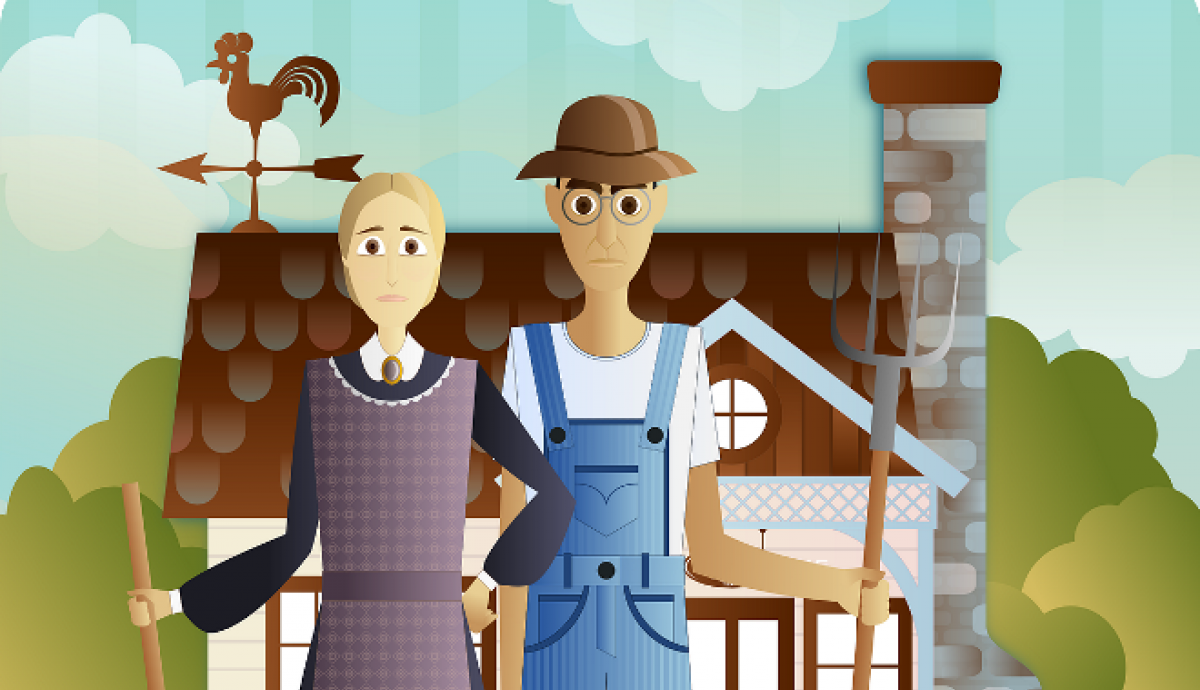
1. Farmers wear overalls and straw hats.
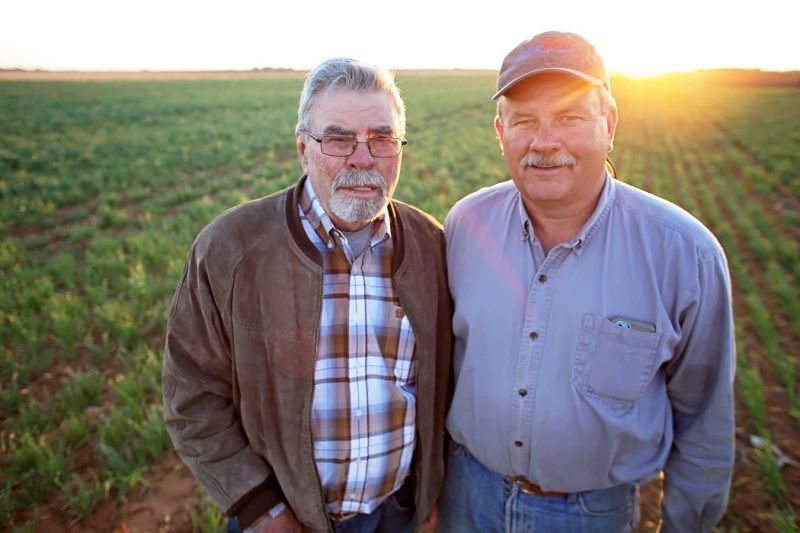
Photo by Lauren Heinrich
You might think of “Old MacDonald” when you think of a farmer. Many children’s books portray farmers as wearing these stereotypical things, but in truth farmers are just like everyone else! Depending on where they work and what they do they might like jeans, , button up shirts, polos, baseball caps and boots!
Sample activity from First Peas to the Table Ed Guide
Get the whole First Peas Guide here.
2. Farmers are men.
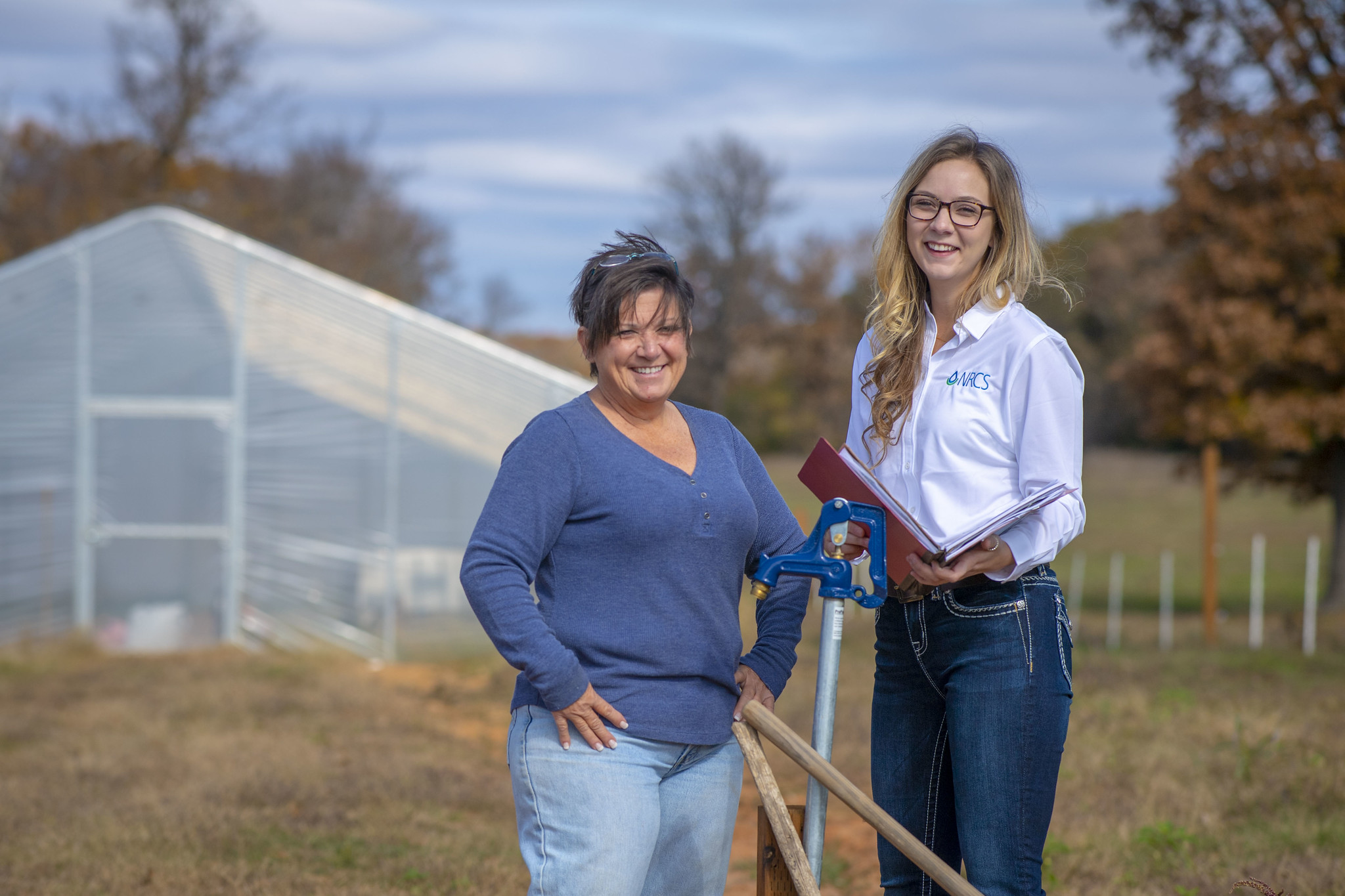
Photo by U.S. Department of Agriculture/ CC-zero
While it is true, the vast majority of farmers are men - there are 1,223,941 women farm operators across the United States!
Read this #WomenInAg Spotlight to learn more about female farmer, and board member, Denise Hymel!
Or contact your local Farm Bureau to see if a Women's Leadership representative can visit your classroom!
3. Brown cows make chocolate milk.
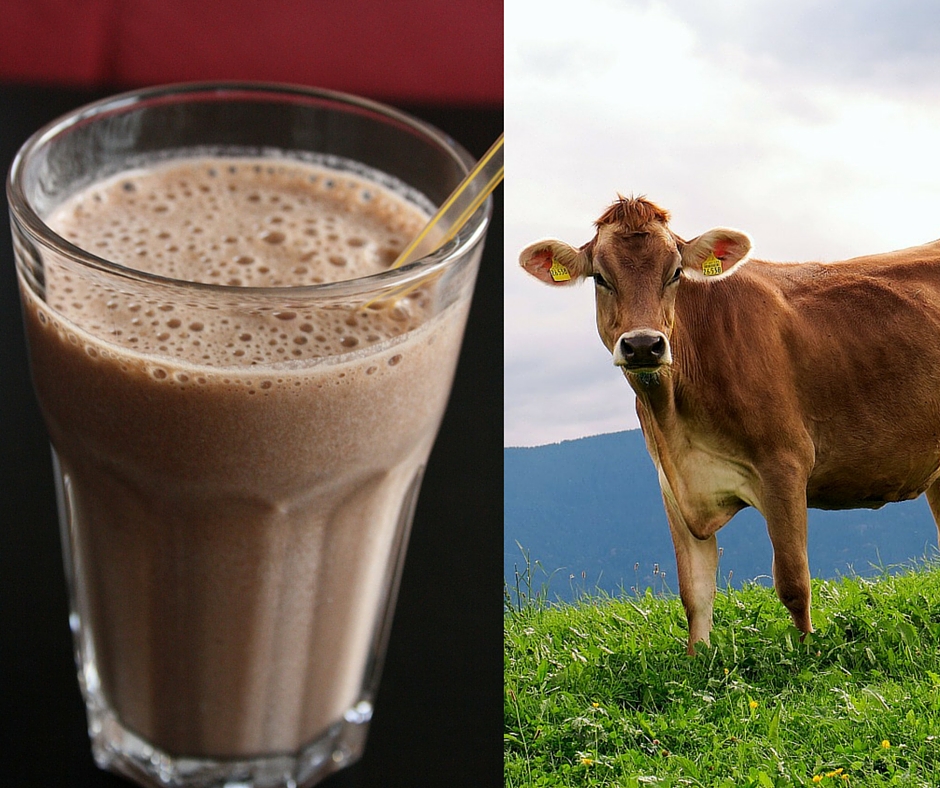
While many people think this is a funny joke, some children actually believe brown cows make chocolate milk. But really you need to add chocolate syrup to milk to make chocolate milk!
Try reading Clarabelle to students to help them understand where milk comes from! Then add some chocolate syrup to milk for a treat.
4. All cattle are “cows”.
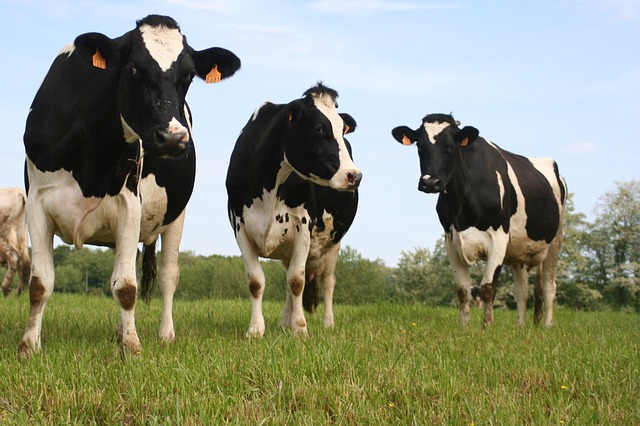
When you see a field of cattle you may be tempted to say “Oh look! Cows!” and if it is a dairy farm, you might be right – but not all cattle are cows.
- Cows are females that have given birth to a calf.
- Heifers are females that have not given birth to a calf.
- A bull is an adult male that is used for breeding.
- A steer is a male that has been neutered.
Learn more about Beef Cattle with these free resources.
5. Farming is an antiquated practice.

Push plows, horses, pens of pigs in mud – these are images that young folks might think of when you mention “farm.” However todays farms are much much more! Farmers are using GPS technology to help them plant their fields, they are using drones to help them survey their land, and they are using amazingly high tech machines to harvest! New technology also allows farmers to precisely measure the amount of nutrients and water each plant needs. Now that’s efficient!
Read the Casey & Friends Planters & Cultivators Book to learn about some of the awesome technology farmers use! The whole series is good too!
6. You can grow anything, anywhere.

Transplant a pineapple to Alaska and you might not have much luck. While greenhouses do make planting some foods easier, on the whole you simply can’t “just grow anything anywhere.” A lot depends on what is called climate. Climate is the weather conditions prevailing in an area in general or over a long period. For example, peaches grow well in South Carolina and Georgia where they can get lots of sunshine and water and temperatures almost never fall below 0 degrees for extended periods. Soil type and terrain also have a big impact on what you can grow and where.
Learn more about soil by playing Thrive on My American Farm!
BONUS: Food comes from the grocery store.
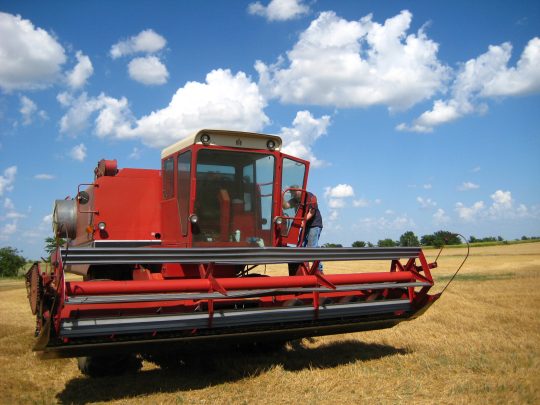
We know this simply isn’t true! Food comes from farms and ranches across the globe! Read PB&J Hooray! to help students understand the connection & process between farm and plate. Or read Feeding Minds Press' first book, Right This Very Minute, to see where our food comes from!
If you like this article, you might like the free Common Questions about Agriculture resource!




